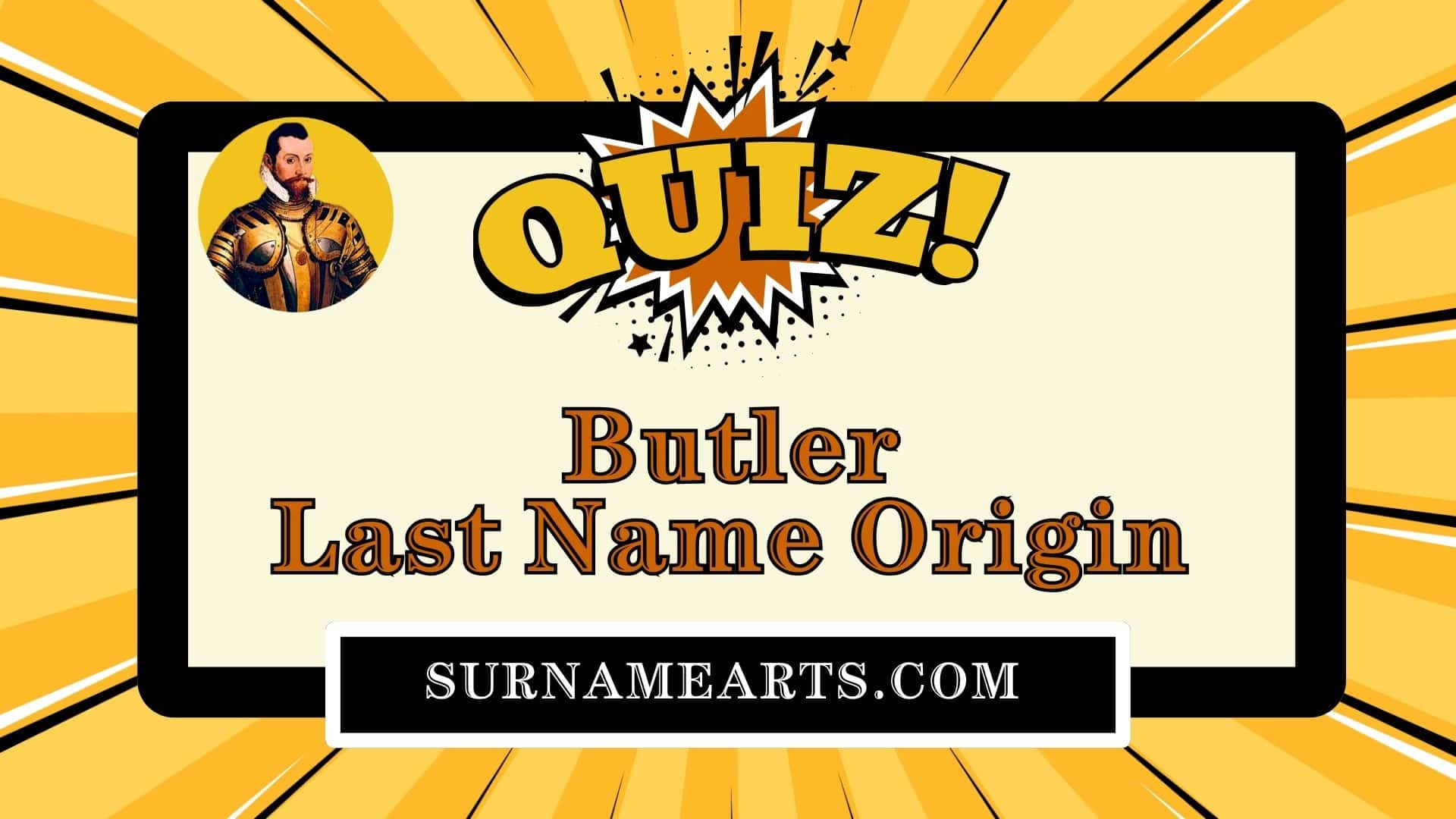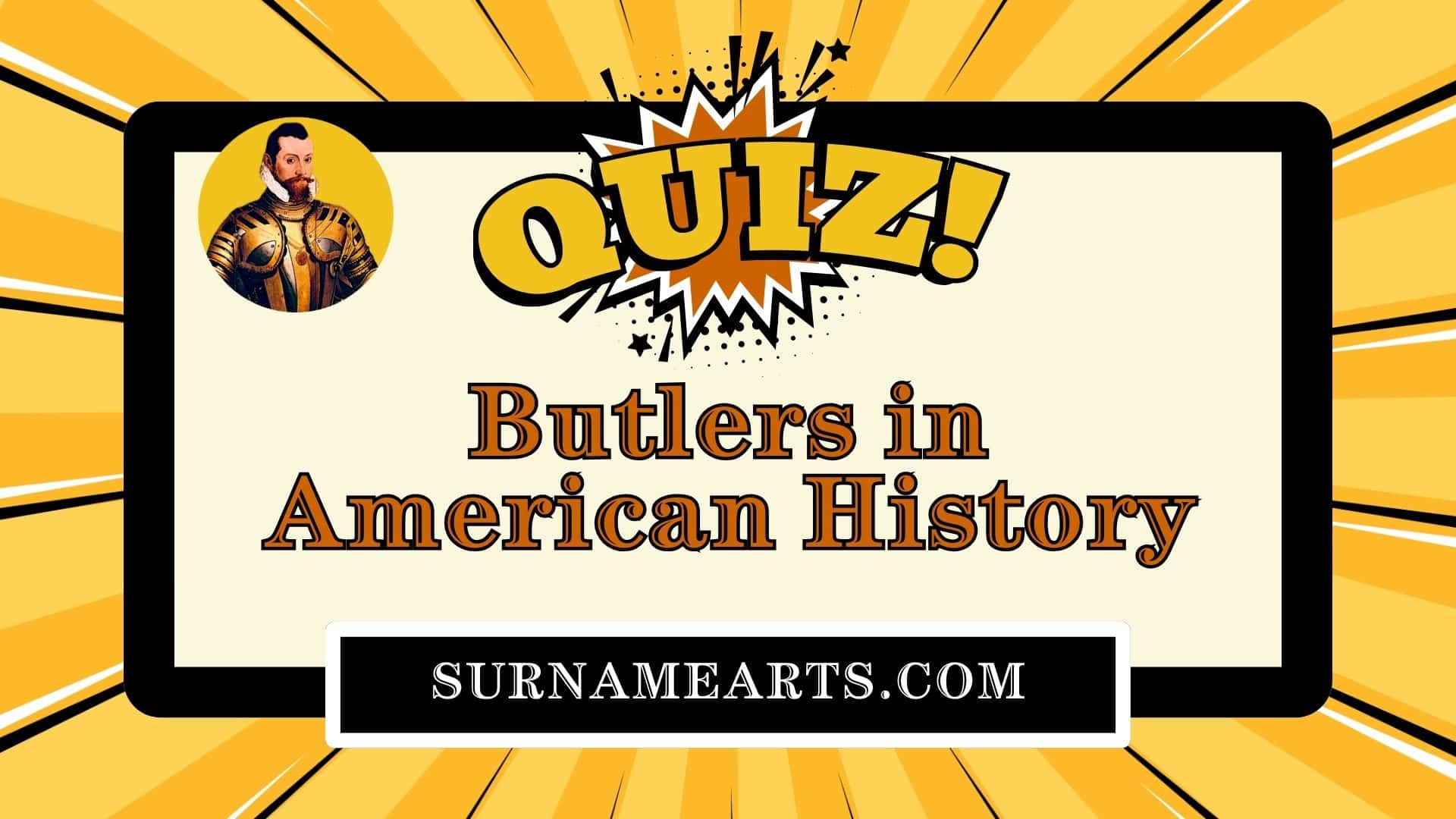The Statue of Liberty is recognized around the world as a symbol of America and freedom. We may never have heard of it without the efforts of Richard Butler.
Butler, New Jersey is Named After Richard Butler
Richard Butler (1831-1902) was born in Birmingham, Ohio. At age 15, he moved to New York and began working in the importing business of A.W. Spies & Co. By age 20, he became a partner in the dry goods business of William H. Cary & Co. and remained there for 28 years, gaining the reputation of a shrewd, hard-working businessman.

In 1879, Richard bought a rubber manufacturing business in Morris County, New Jersey. He renamed it the Butler Hard Rubber Company and became its president.
Over time, the Butler Hard Rubber Company built the largest hard rubber factory in the world and was known for making high-quality products, including bowling balls and pocket combs.
The company’s success drew hundreds of workers and many new businesses into the area. In recognition of this economic growth and the man that made it possible, the community around the factory was named Butler, and a school, post office, and railway station were named in Richard’s honor. In 1901, Butler, New Jersey was incorporated as a borough by the state legislature.

Following incorporation, Butler was one of the first municipalities in the state to develop a coat of arms. Interestingly, the heart-shaped shield is similar to the one awarded to Sir Thomas Butler, a baronet of County Carlow, Ireland in 1628. It has a gold chief on a blue field surrounded by an ermine border (see Butler Family Crest and Coat of Arms).
After a series of mergers, the Butler Hard Rubber Company became the American Hard Rubber Company. The factory building is still standing in Butler, New Jersey.
A Statue of “Liberty Enlightening the World”
Frédéric Auguste Bartholdi, a French sculptor, came to the United States in 1871 with the goal of convincing Americans to help him build a huge statue based on an idea he had for a large woman with a lantern. He called the statue “Liberty Enlightening the World.”
Bartholdi traveled across the United States to spread the word about his idea, but he wasn’t able to find financial support for the statue. Undeterred, he went back to France and started working with his friend Edouard de Laboulaye, who had been trying to build a French-American monument for many years.
de Laboulaye loved America and wanted to build Bartholdi’s statue to celebrate the friendship between France and the United States. In 1875, he formed the Franco-American Union to help raise the necessary funds. Under an agreement between the two countries, France would be responsible for raising $250,000 ($6.3 million present-day) to build the statue and ship it to New York. America would be responsible for raising the money to build the pedestal for the statue.
Richard Butler and The Statue of Liberty
Getting people in the United States excited about giving money to the project proved difficult, especially in New York where the statue was going to be located.
To address the pedestal fundraising need, the American Committee for the Statue of Liberty was formed in 1877. The chairman of the committee, United States Secretary of State William Maxwell Evarts, chose Richard, the president of the world’s largest rubber company, to be the committee’s secretary. In this position, he would become Bartholdi’s primary American contact and have power of attorney in the United States to handle all matters related to the statue.

Working with men like newspaper publisher Joseph Pulitzer, Richard immediately went to work planning fundraising events for the pedestal. In the 1880s, he mobilized his factory in Butler, New Jersey to ship small souvenir models of the planned statue to donors. Replicas of the statue were promoted in a national marketing campaign and sold for $1 to $5 each. In addition to raising the necessary funds, the souvenirs helped establish the Statue of Liberty as a symbol of America and freedom.
In the summer of 1884, the Statue of Liberty was finished in Paris and shipped to the United States in more than 200 crates weighing over 450,000 pounds. The gift of friendship from the people of France arrived in New York Harbor on June 17, 1885.
After being assembled, the statue was dedicated by President Grover Cleveland on October 28, 1886. Bartholdi, the designer and builder of the statue, insisted that his great friend, Richard Butler, join him in the crown as he pulled the cord to reveal the hidden part of the statue’s face. In the background, The Butler Silver Cornet Band, an employee band from Richard’s rubber company, played for the crowd.
For his instrumental role in installing the Statue of Liberty, the French government made Richard a Chevalier of the Legion of Honor. Many historians believe that Lady Liberty would never have been located in New York without his efforts.
Richard remained on the American Committee for the Statue of Liberty raising money for repairs and improvements until he died in 1902.
Richard Butler was a Founder of the Metropolitan Museum of Art

Richard was an avid art collector and owned many paintings, mostly the work of American artists.
In 1870, he and a handful of art-loving friends founded the Metropolitan Museum of Art in New York City. As a trustee, Richard oversaw a tremendous period of growth at the museum widely known as “The Met.” Today, it is the largest art museum in the Western Hemisphere with over two million permanent works in 17 curatorial departments.
Along with his work at The Met, Richard was a long-time chairman of the Union League Club Art Committee and was instrumental in acquiring many of the club’s most celebrated exhibitions.
Richard Butler Military Service and Community Affairs
In addition to Richard’s business and artistic endeavors, he served eight years on the staff of General J.H. Hobart Ward in the First Brigade of the New York State Militia, obtaining the rank of major.
On the community affairs front, he was an active member of the Century Association, a club for men and women with distinction in literature or the arts; the Grolier Club, a society of book lovers; the Ohio Society, a New York-based historical organization for people with roots in Ohio; the New England Society, a charitable organization providing “friendship, charity and mutual assistance” among and on behalf of New Englanders living in New York; the Metropolitan Academy of Design; and the Mendelssohn Glee Club.
Family and Descendants of Richard Butler
Richard died in the Hotel Renaissance, at 5th Avenue and 43rd Street in New York City, after a long illness. He was survived by three daughters, including Alice Cary Butler Glaenzer (1857-1936), with his first wife, Luenna Flavilla Clough (1832-1883).
A grandson, Richard Butler Glaenzer (1876-1937), was a poet and author of many books, including Decorative Art in America, a collection of writings by Irish poet Oscar Wilde.

An 8-foot high replica of the Statue of Liberty is located in Butler, New Jersey.
Primary Sources:
- National Park Service. (n.d.). Richard Butler.
- Welcome to the Borough Of Butler – Butler, NJ. (n.d.). Butler’s Beginning.
- Ross, D. (2011, May 8). American Hard Rubber Company Historical Marker.
- Image: “Statue of Liberty” By Mcj1800 – Own work, CC BY-SA 4.0
- Image: “The Met” By Hugo Schneider – Flickr, CC BY-SA 2.0
- Image: “Butler, NJ” By Jerrye and Roy Klotz, MD – Own work, CC BY-SA 3.0













